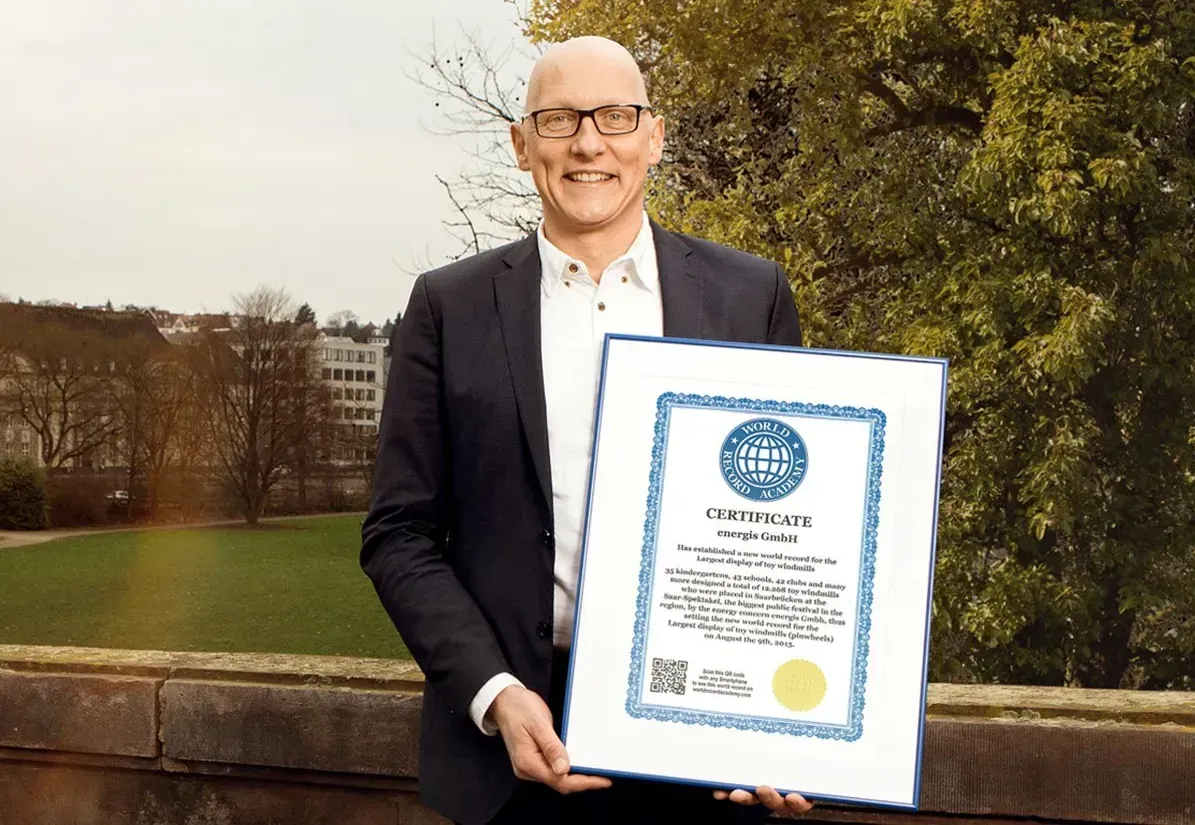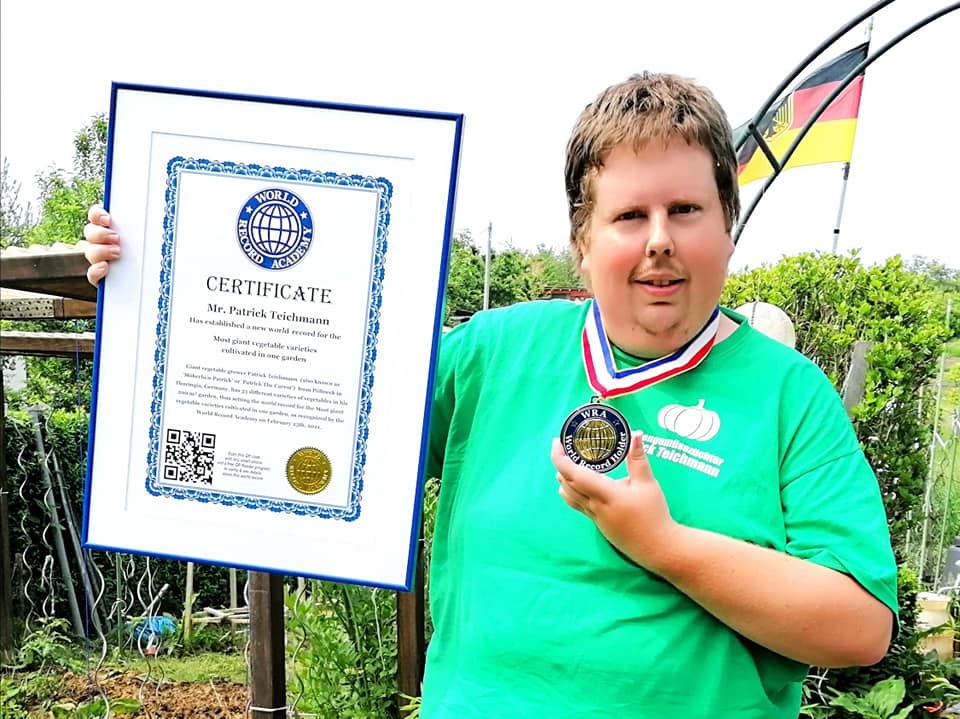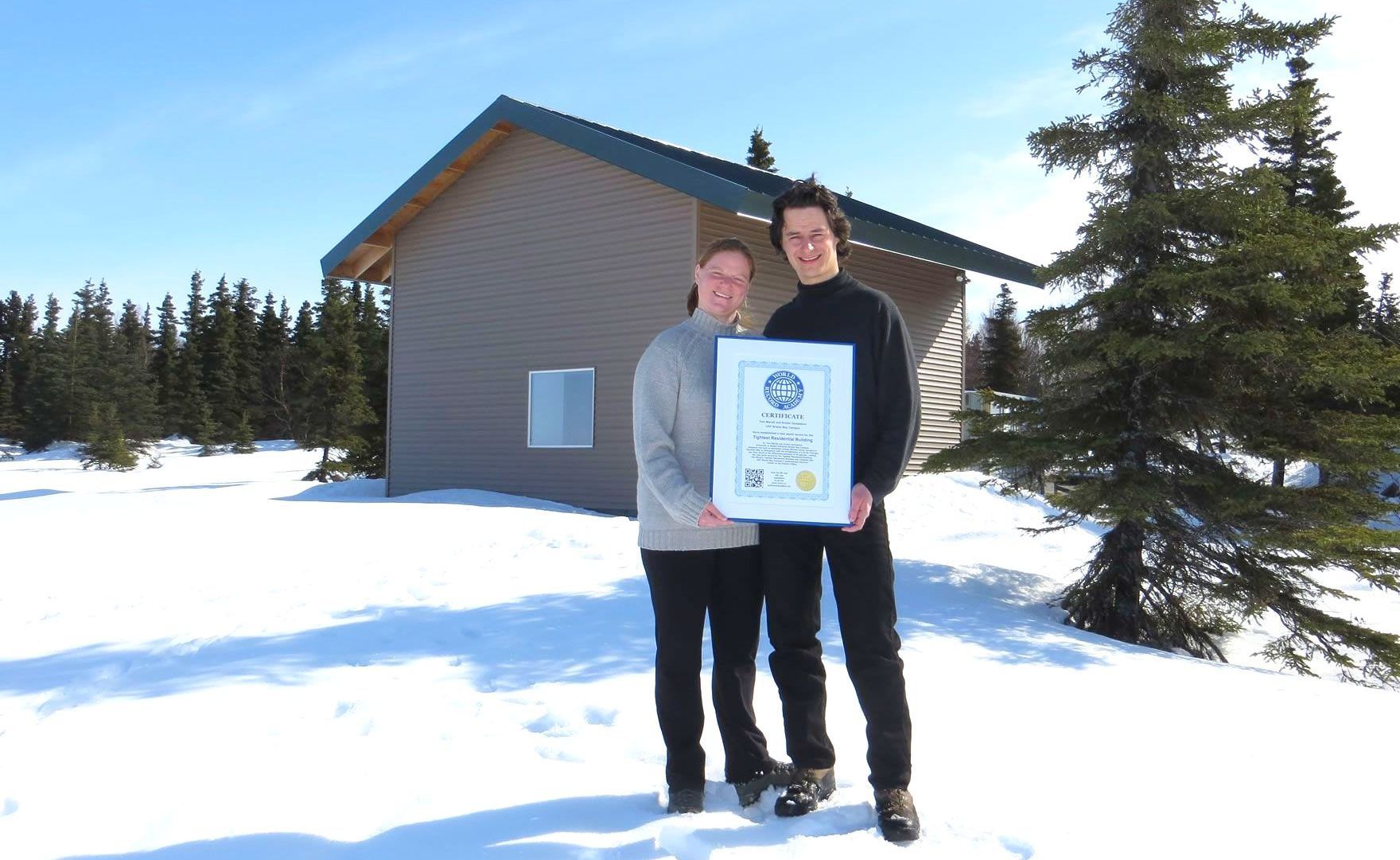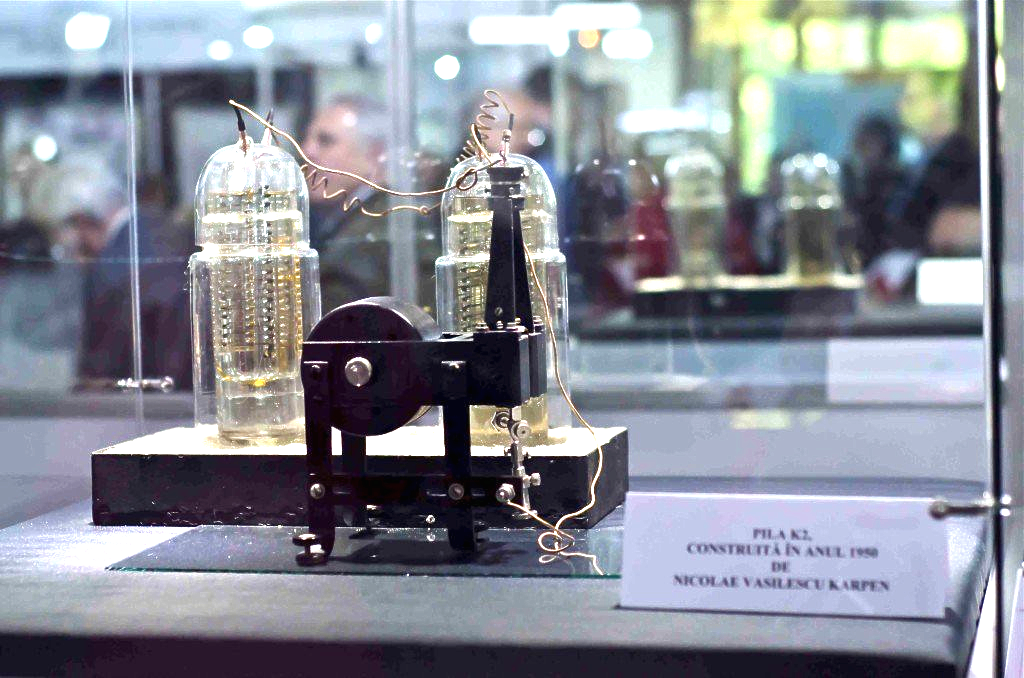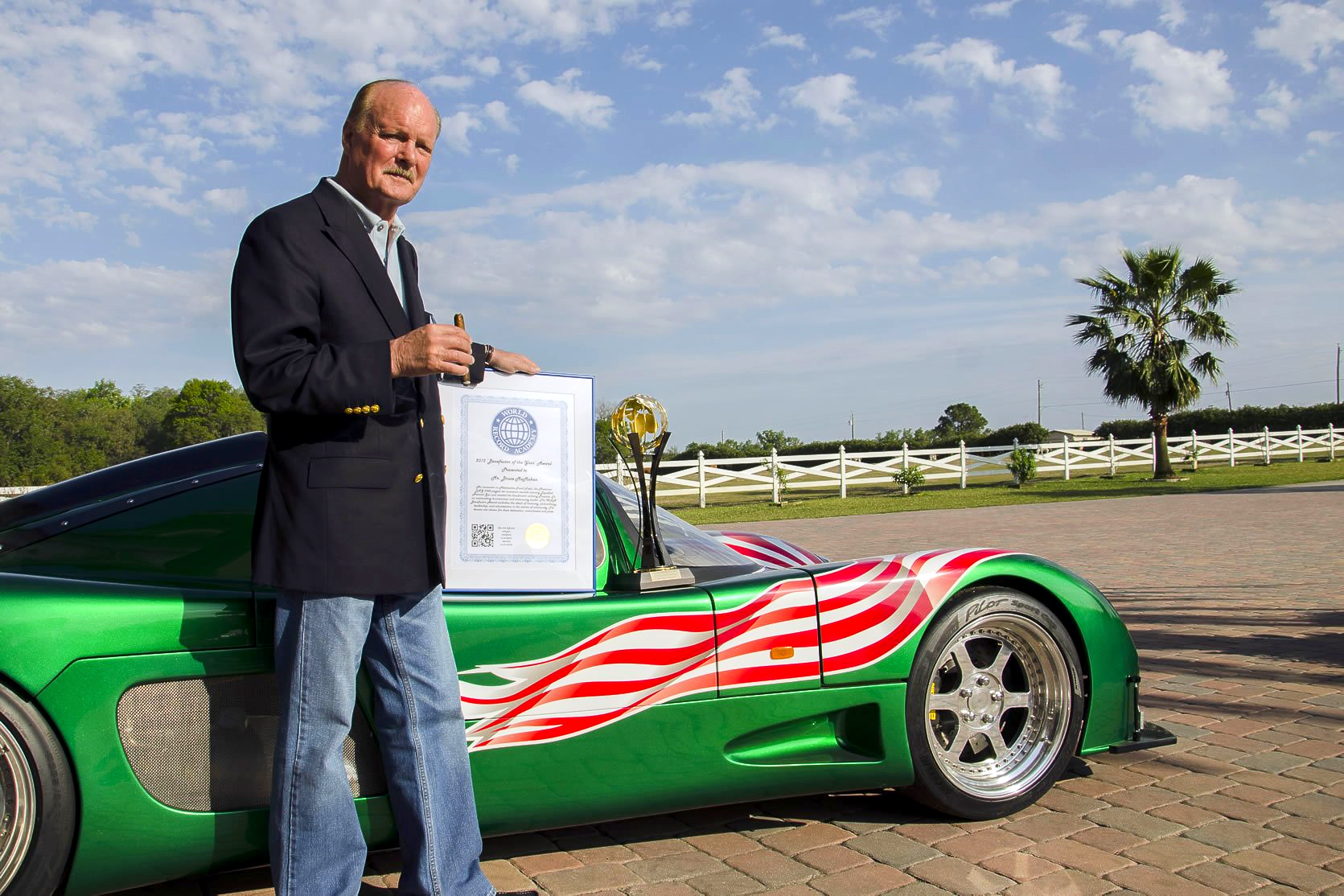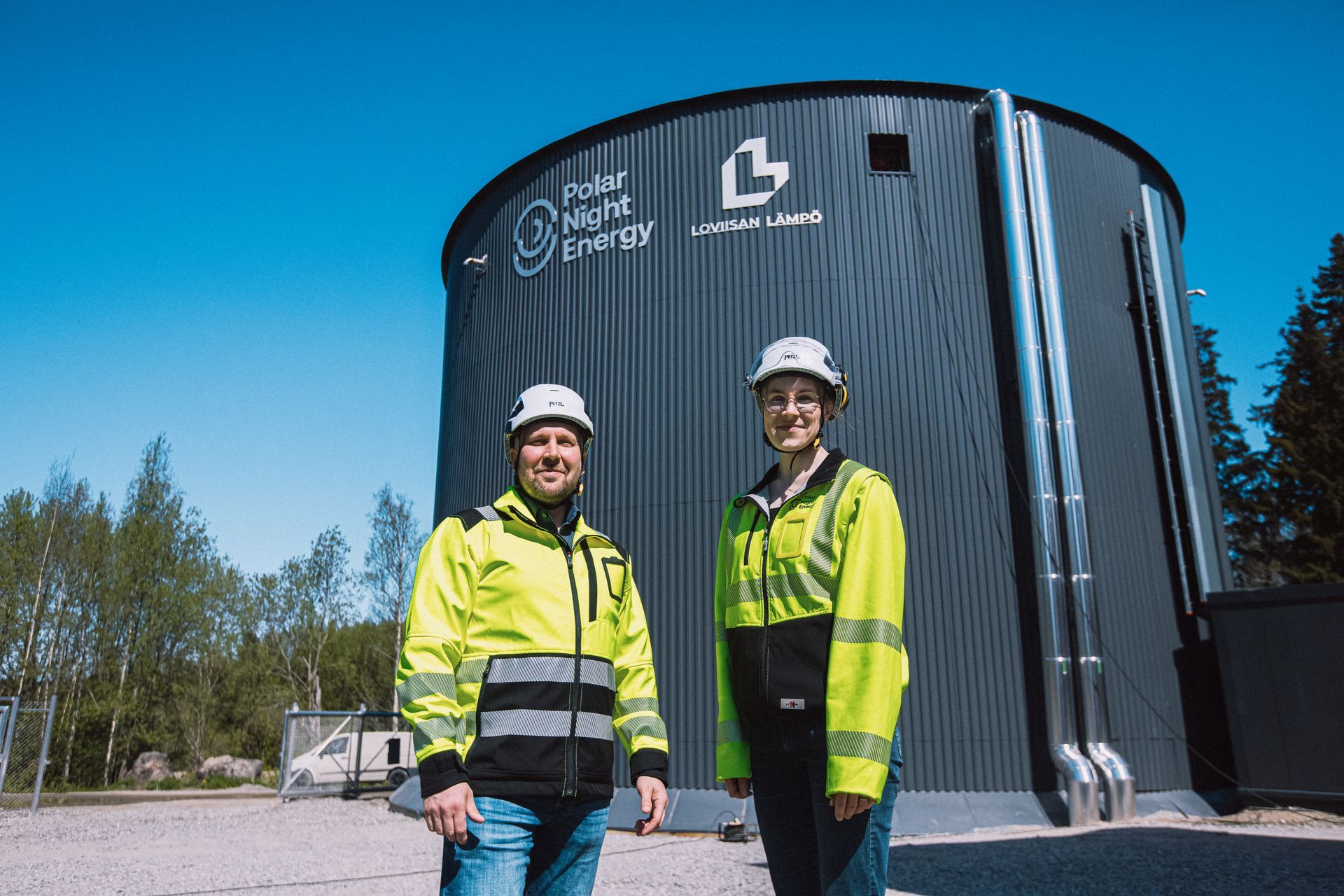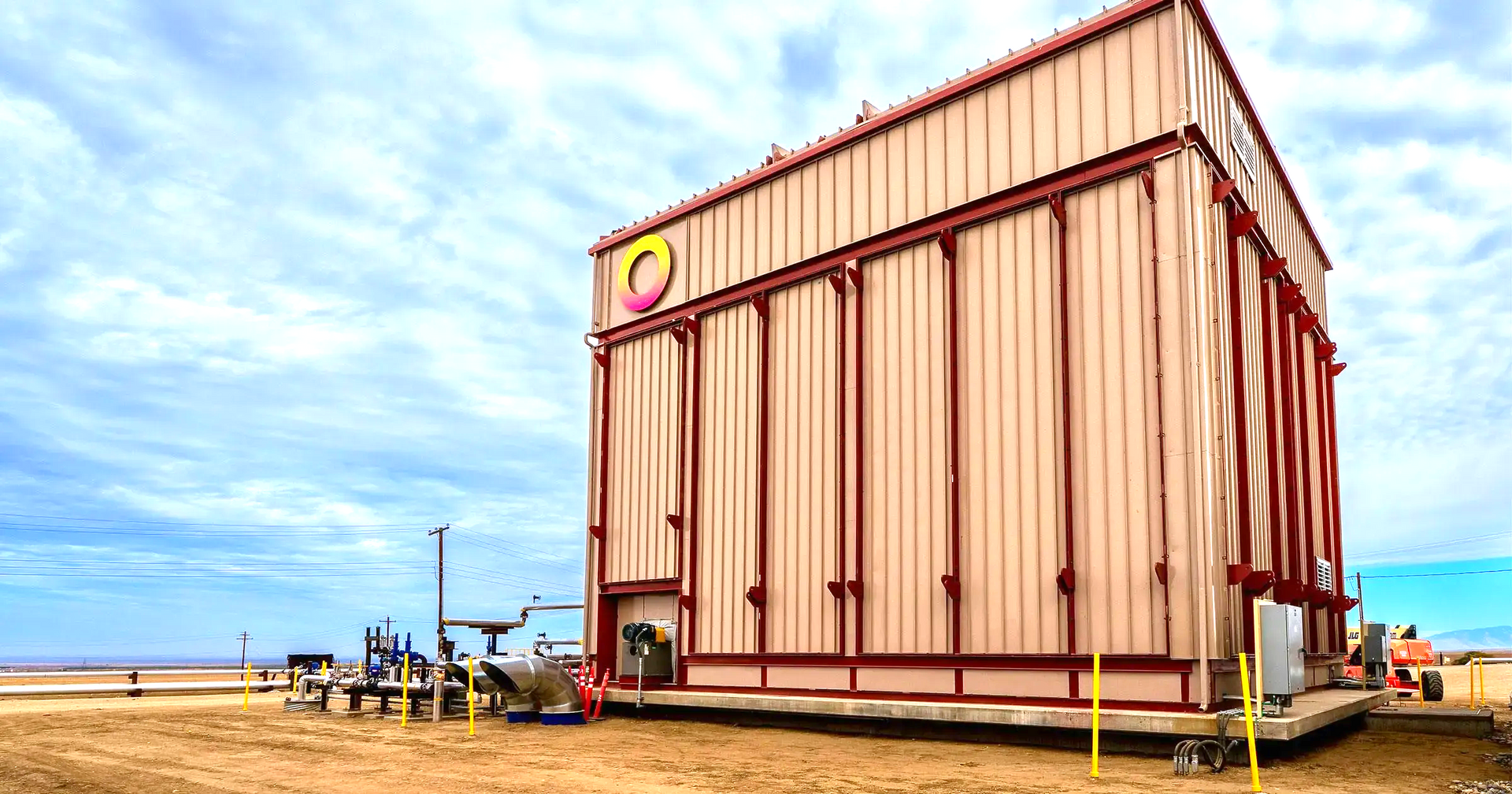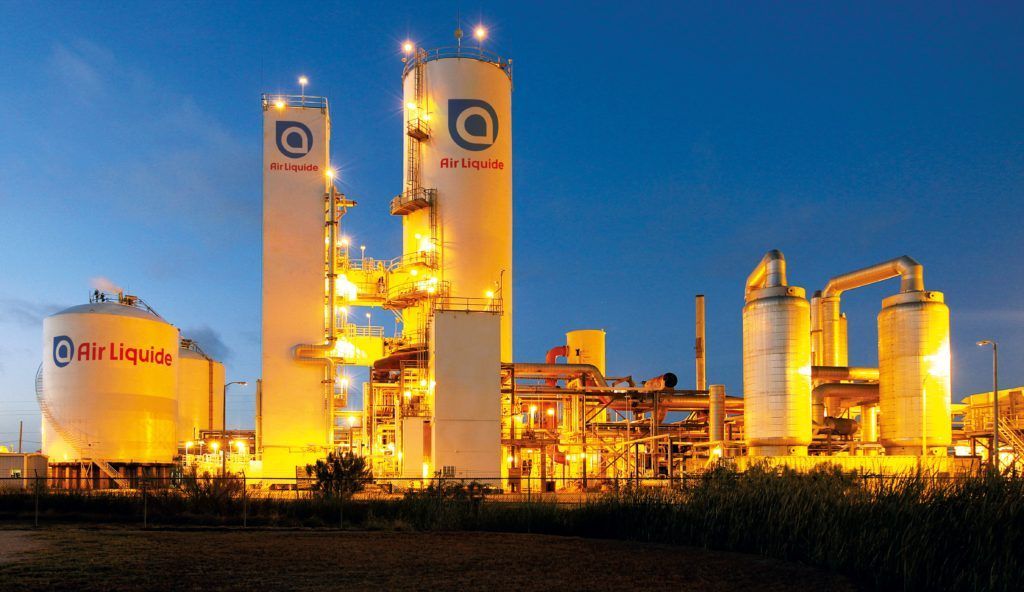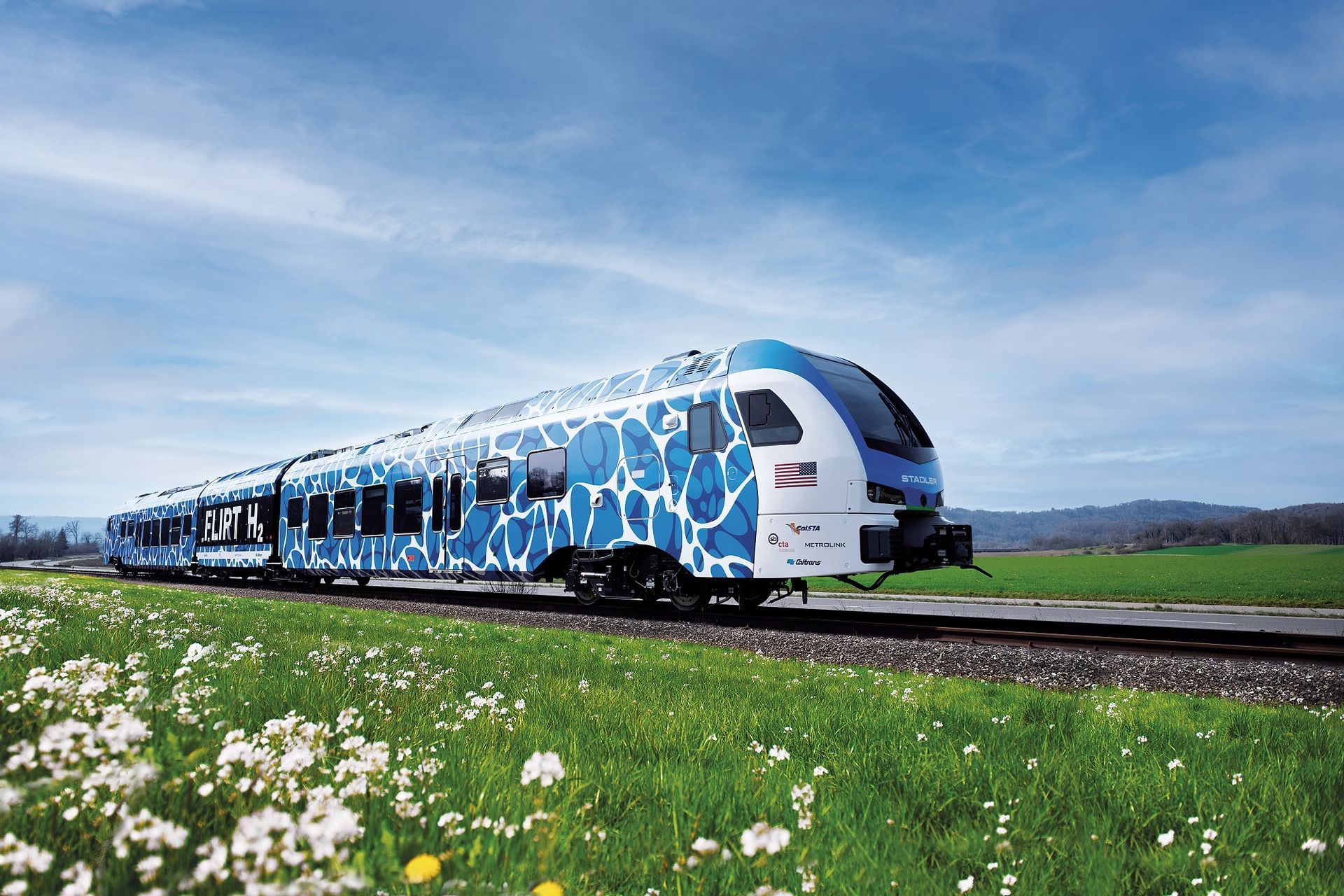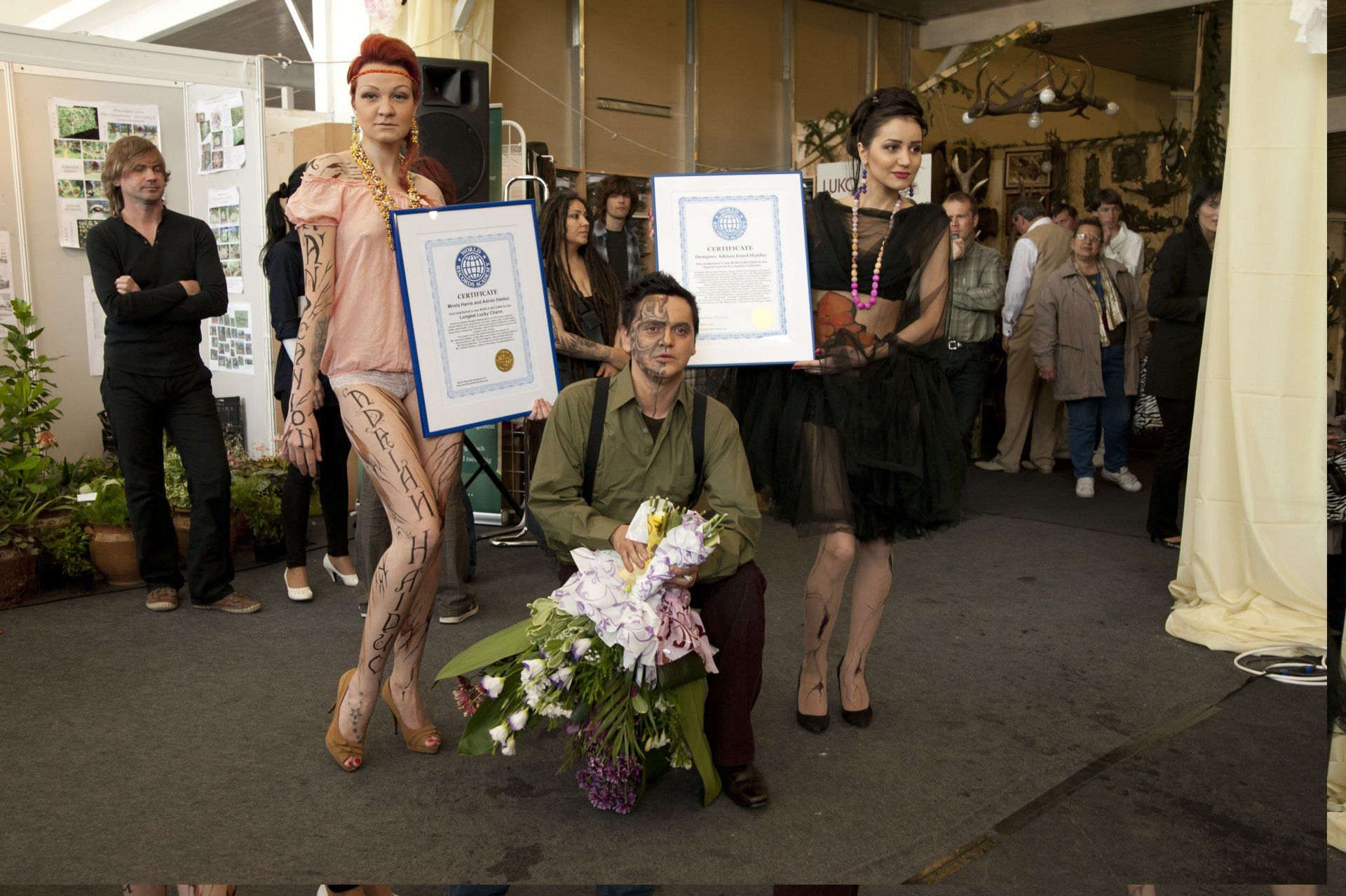World’s first vertical floating solar power plant, world record in Germany

Berlin, Germany--Located at the Jais gravel pit in Bavaria, the floating solar plant inaugurated by the company SINN Power uses vertically mounted solar panels in an east-west orientation to generate up to 1.87 MW of power, setting the world record for the World’s first vertical floating solar power plant, according to the WORLD RECORD ACADEMY.

"The world's first vertical floating solar power plant has been inaugurated in Germany by the company SINN Power. Located at the Jais gravel pit in Bavaria, the plant uses vertically mounted solar panels in an east-west orientation to generate up to 1.87 MW of power, with an estimated annual output of 2 GWh.
"This design is intended to ensure consistent power generation throughout the day and maximize energy capture during morning and evening hours." (AI Overview)

- Location: Jais gravel pit in Bavaria, Germany
- Developer: SINN Power
- Capacity: 1.87 MW
- Estimated annual output: 2 GWh
- Technology: The patented SKipp system uses vertically mounted, east-west oriented panels separated by open water corridors at least four meters wide.
- Benefits:
- Steady power generation throughout the day
- Increased output during morning and evening hours
- Minimal use of land surface, covering only about 4.65% of the lake's area
- Potential for improved water quality and oxygen exchange due to the spacing between panelss
- Current performance: Initial operation showed a nearly 60% reduction in the gravel plant's grid power consumption, with an expected increase to 70%

"German-based developer of floating renewable energy platform solutions SINN Power has commissioned what is described as the world’s first vertical floating photovoltaic (PV) system at the Jais gravel pit in the Starnberg district, Bavaria, marking a new milestone in renewable energy deployment on inland water surfaces," the Offshore Energy reports.
"With an installed capacity of 1.87 MW and an expected annual output of around 2 GWh, the new floating PV plant covers only 4.65% of the lake’s surface area. During initial operation, the gravel pit plant cut its grid power use by nearly 60%, with expectations of reaching up to 70% once production stabilizes, SINN Power said.
"The patented SKipp system developed by SINN Power introduces a vertical east–west module orientation, separated by open water corridors at least four meters wide."

"Germany has launched the world’s first floating solar power plant that uses vertical panels, a pioneering project that redefines the potential of renewable energy. This innovative installation, developed by the German company SINN Power, is located on the Jais gravel pit, an artificial lake in Bavaria’s Starnberg district, marking a significant advancement in solar technology.
"The heart of this groundbreaking project lies in its vertical bifacial solar panels. Unlike traditional angled arrays, these panels are mounted in a vertical east-west orientation," the
PV Know How reports.
"This design allows them to capture sunlight from both sides throughout the day. While one side absorbs the direct morning sun, the other is perfectly positioned for the afternoon rays, leading to a more stable and balanced energy output, especially during peak demand hours in the morning and evening."
Benefits of Floating Solar Plants in Germany
Floating solar plants offer several distinct advantages over land-based installations:
*
Land Conservation: They eliminate the need for land clearing, preserving natural habitats and agricultural space.
*
Increased Efficiency: The cooling effect of the water can improve panel performance by 5-10%.
*
Water Preservation: The shade from the panels reduces water evaporation, a critical benefit in water-scarce regions.
*
Ecological Synergy: The Bavarian project occupies less than 5% of the lake’s surface and has been observed to improve water quality and attract local wildlife, creating a positive ecological impact," the
PV Know How reports.
"Floating solar or floating photovoltaics (FPV), sometimes called floatovoltaics, are solar panels mounted on a structure that floats. The structures that hold the panels usually consist of plastic buoys and cables. (Wikipedia)
"They are then placed on a body of water. Typically, these bodies of water are reservoirs, quarry lakes, irrigation canals or remediation and tailing ponds. The systems can have advantages over photovoltaics (PV) on land. Water surfaces may be less expensive than the cost of land, and there are fewer rules and regulations for structures built on bodies of water not used for recreation.
"Life cycle analysis indicates that foam-based FPV have some of the shortest energy payback times (1.3 years) and the lowest greenhouse gas emissions to energy ratio (11 kg CO2 eq/MWh) in crystalline silicon solar photovoltaic technologies reported."
"Floating arrays can achieve higher efficiencies than PV panels on land because water cools the panels. The panels can have a special coating to prevent rust or corrosion. Floating SPV also provide shade, slow evaporation and inhibit the growth of algae.
"The market for this renewable energy technology has grown rapidly since 2016. The first 20 plants with capacities of a few dozen kWp were built between 2007 and 2013. Installed power grew from 3 GW in 2020, to 13 GW in 2022, surpassing a prediction of 10 GW by 2025. The World Bank estimated there are 6,600 large bodies of water suitable for floating solar, with a technical capacity of over 4,000 GW if 10% of their surfaces were covered with panels." (Wikipedia)
SINN Power (Company)
- What it is: A German technology company founded in 2014 that develops and implements innovative technologies for renewable energy.
- Founder: Dr. Ing. Philipp Sinn.
- Focus: The company focuses on "Made in Germany" sustainable and efficient energy solutions.
- Projects: SINN Power has worked on various projects, including the world's first floating photovoltaic system with vertical modules and a conveyor belt PV system in Bavaria.
"Dr. Ing. Philipp Sinn is the visionary founder and managing director of SINNPower, a general contractor that develops innovative technologies for the use of renewable energies and combines German precision with future-oriented thinking.
"With his in-depth technical know-how and a clear focus on sustainability, he has turned his company into an international player that combines economic efficiency and ecological responsibility," the official website says.
"Under his leadership, groundbreaking technologies "Made in Germany" are created that set new standards in the energy industry worldwide. Philipp Sinn embodies the vision of a future in which innovation and sustainability go hand in hand."
"The Jais gravel pit is a location in Bavaria, Germany, that is notable for hosting the world's first vertical floating solar power plant. This innovative project, located in the Starnberg district near Gilching, uses vertically mounted solar panels to generate electricity while minimizing its impact on the lake's surface area.
"The plant provides clean energy for the gravel pit's operator and is projected to generate approximately two gigawatt-hours of electricity annually.
- Location: The Jais gravel pit is situated in the Starnberg district of Bavaria, Germany, near Gilching.
- Project: It is the site of the world's first vertical floating solar power plant, developed by SINN Power.
- Technology: The plant uses vertically mounted solar panels on a floating structure. The panels are oriented east-west, which shifts power production to the morning and afternoon. (AI Overview)
